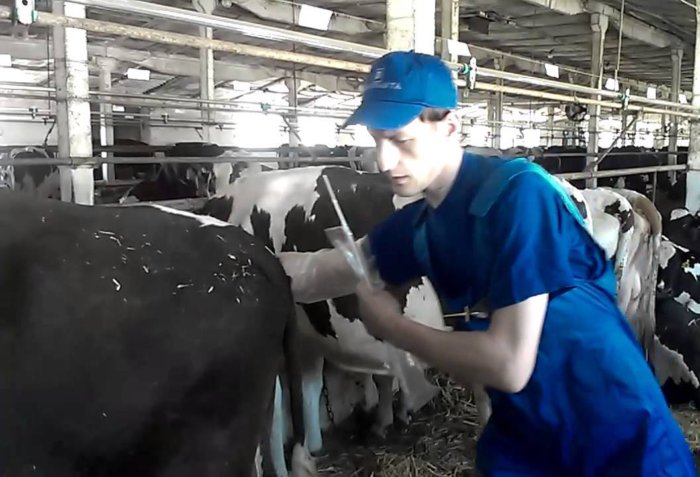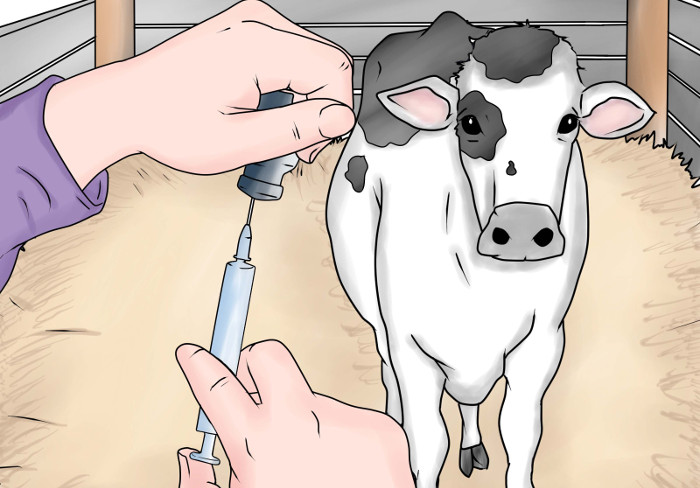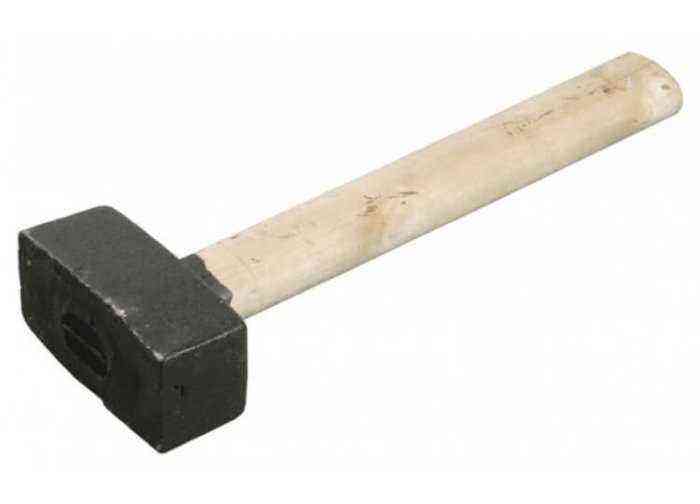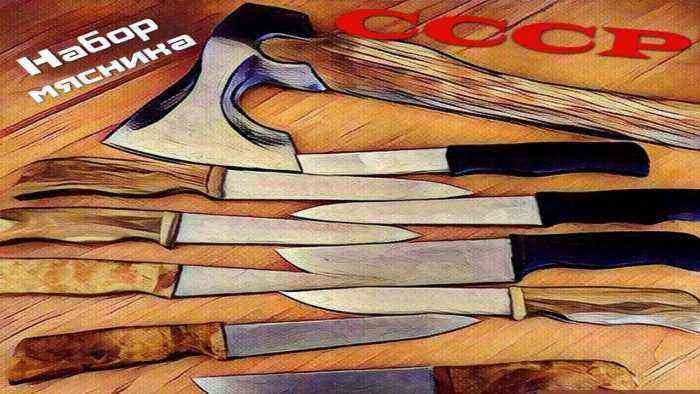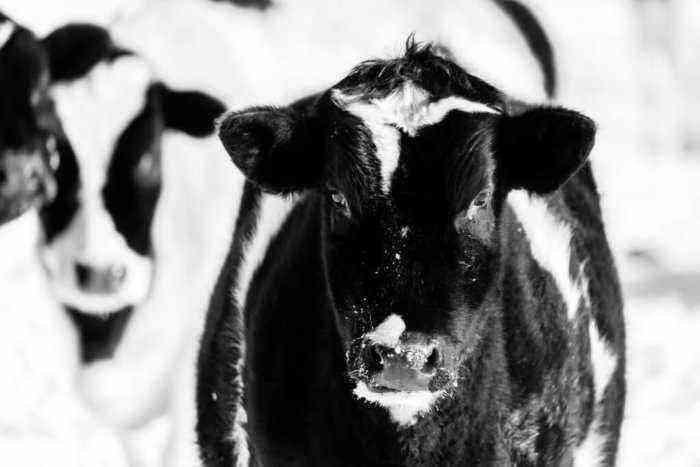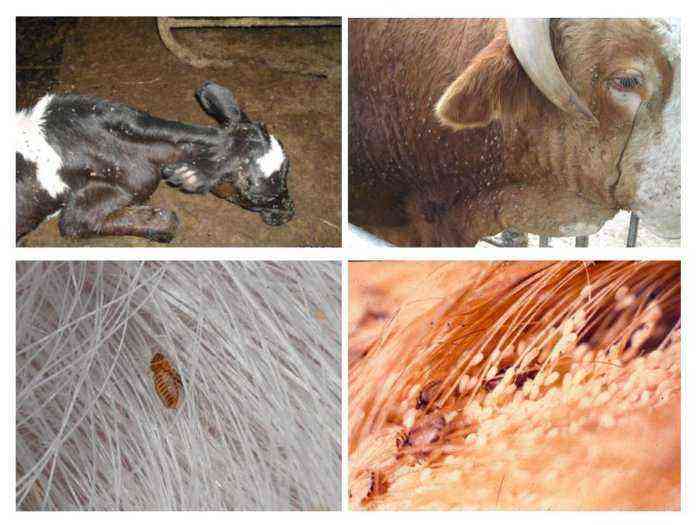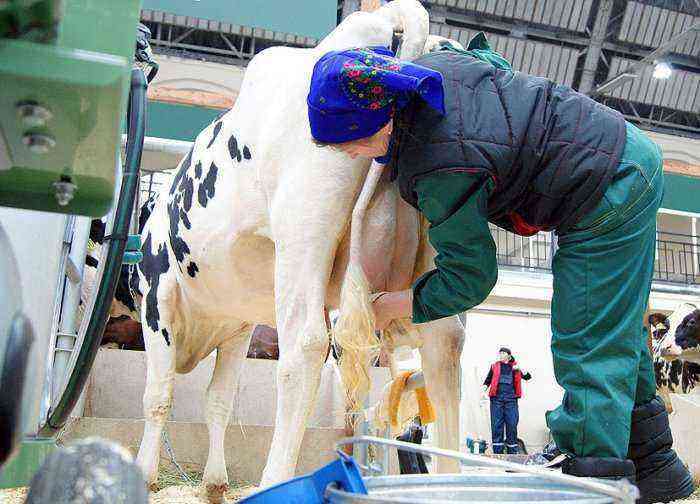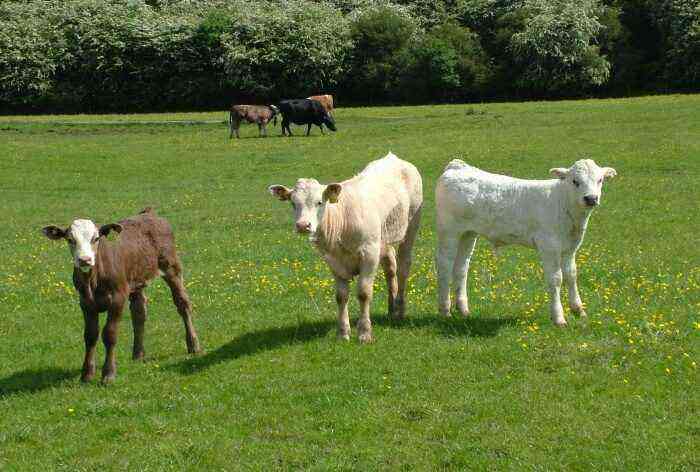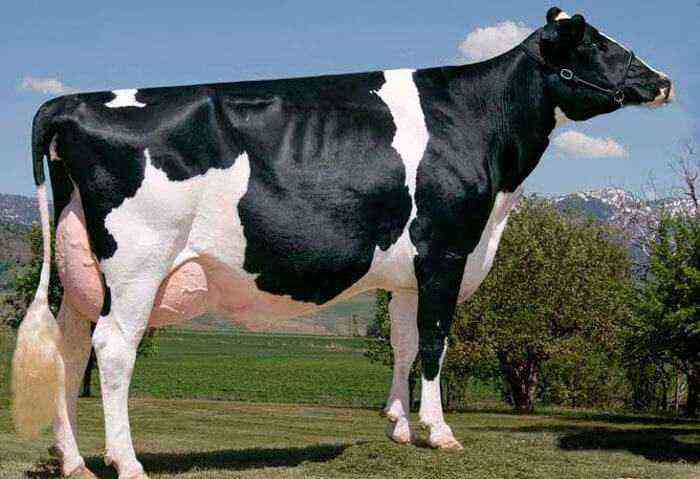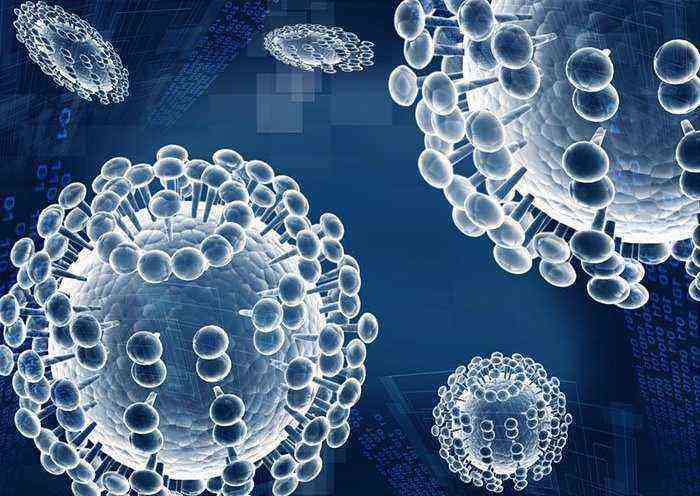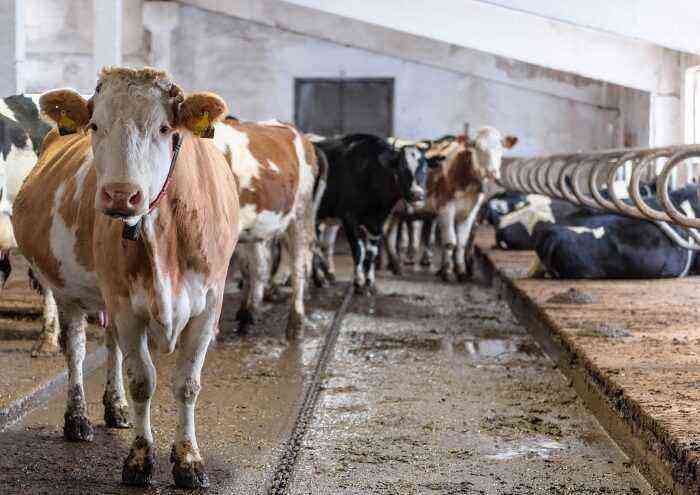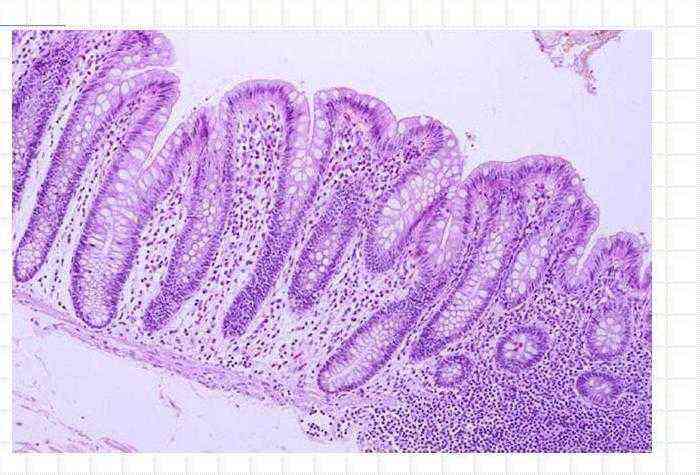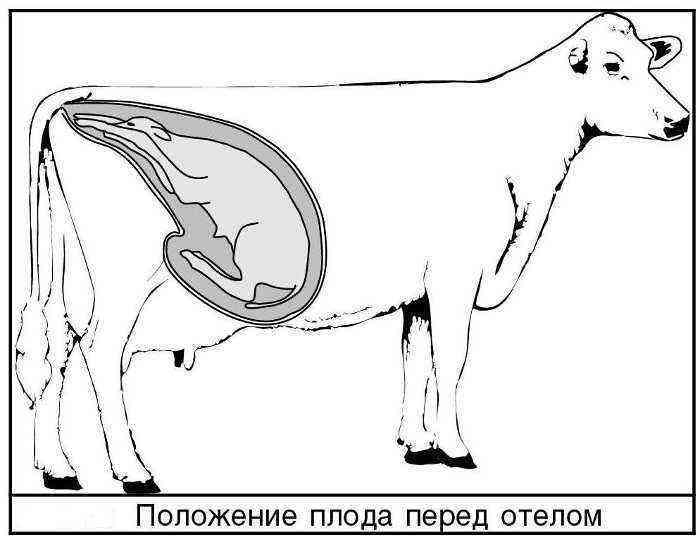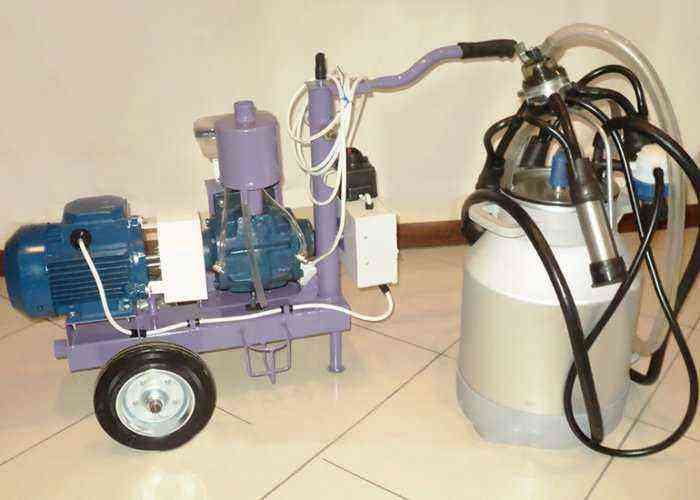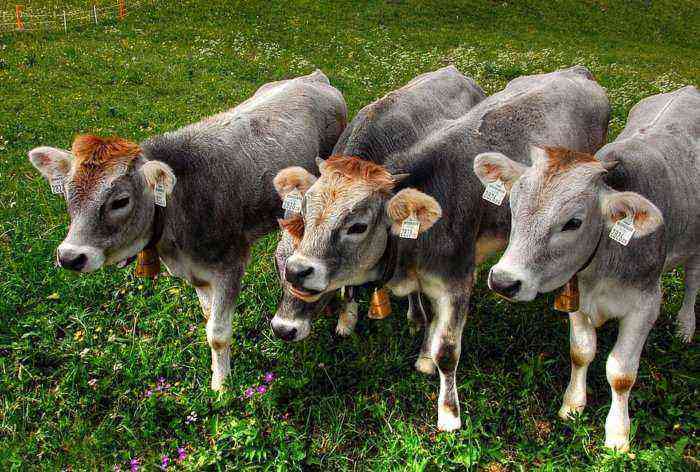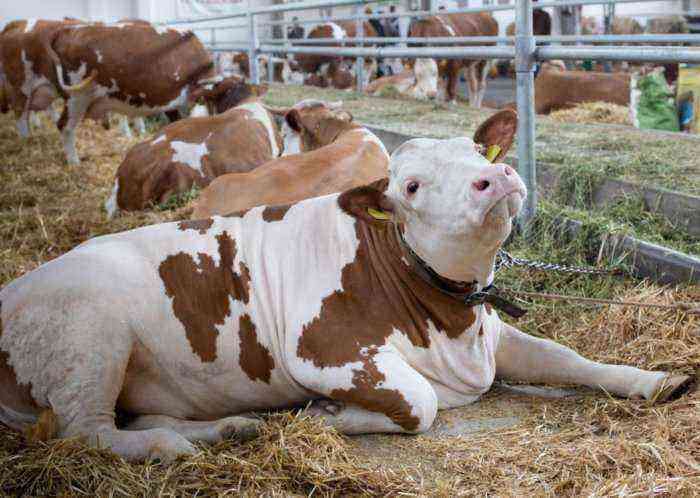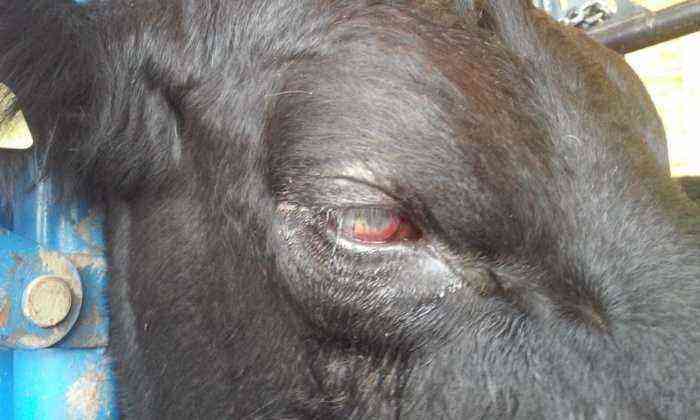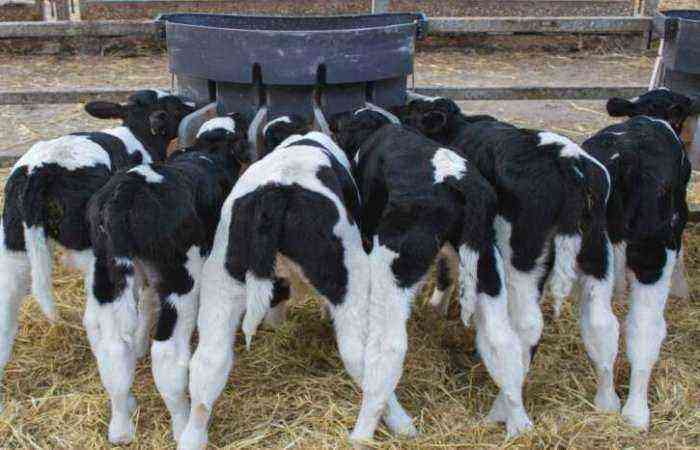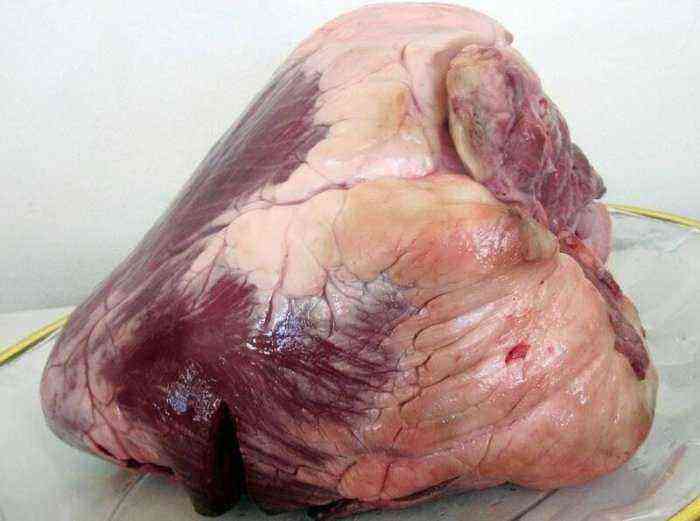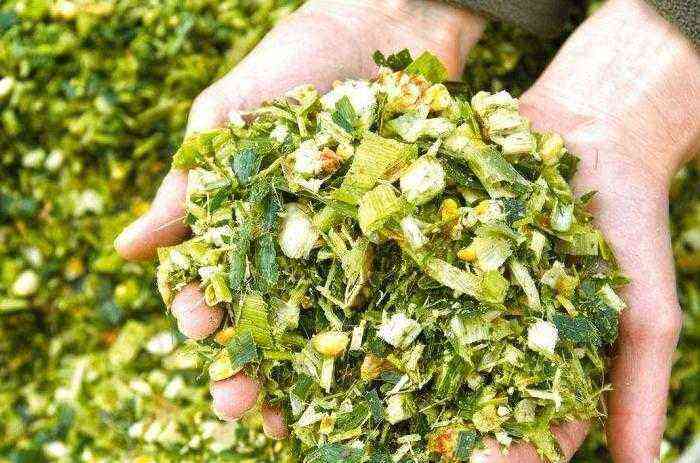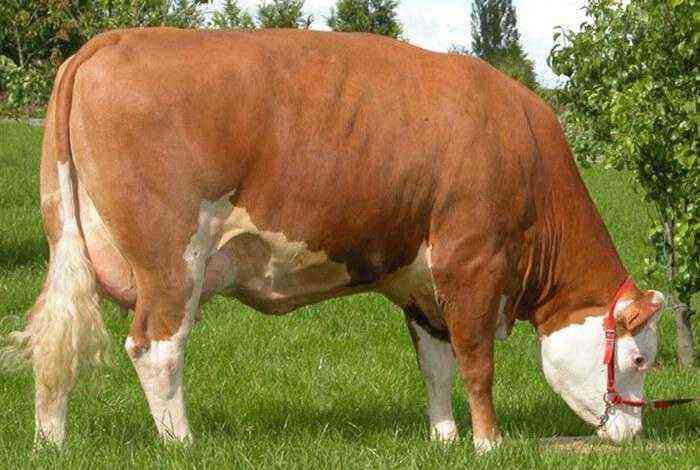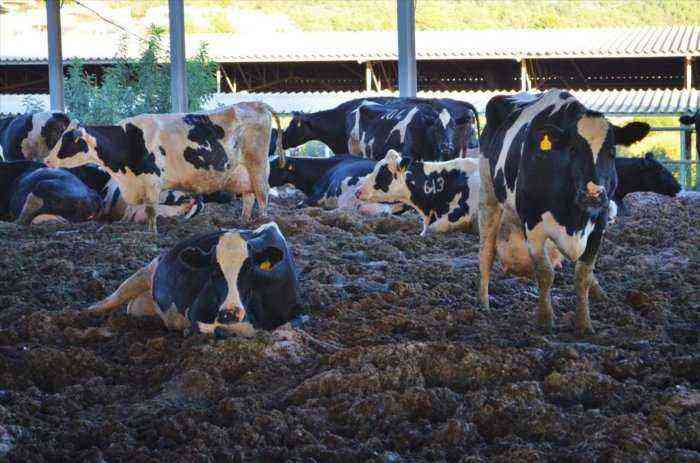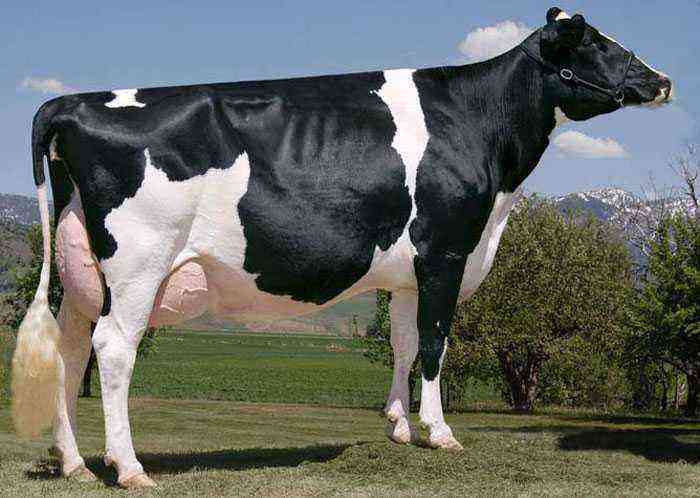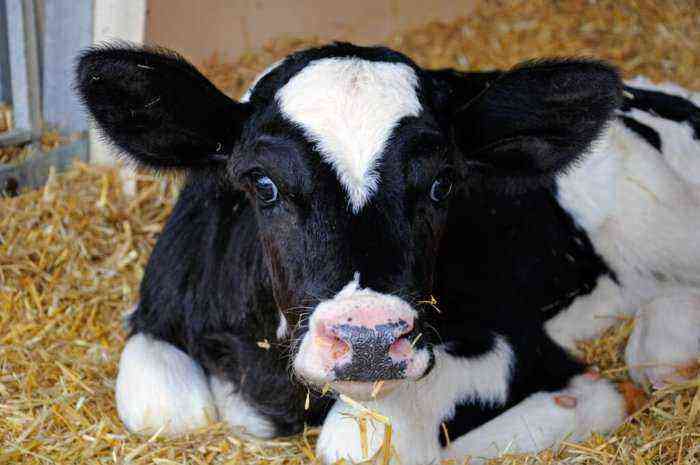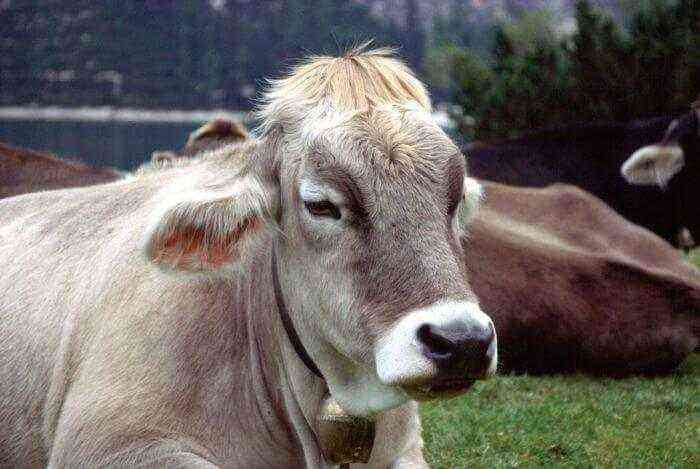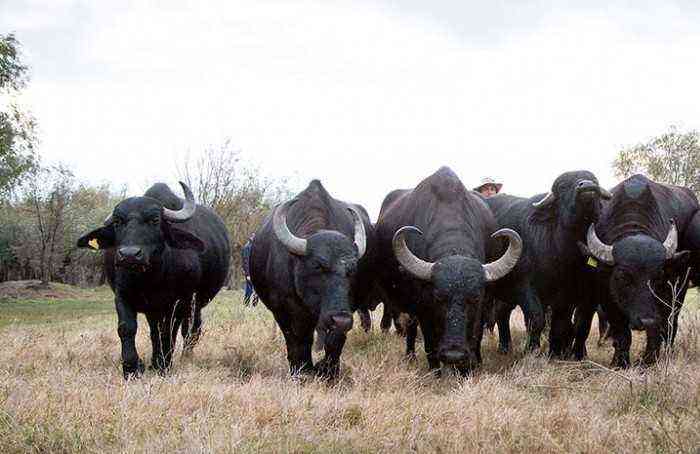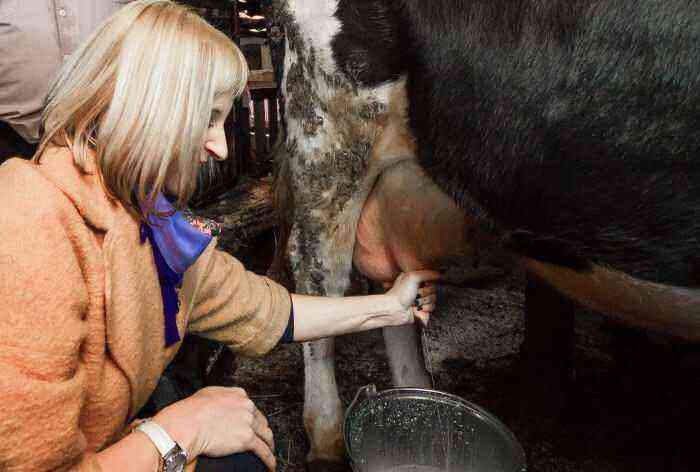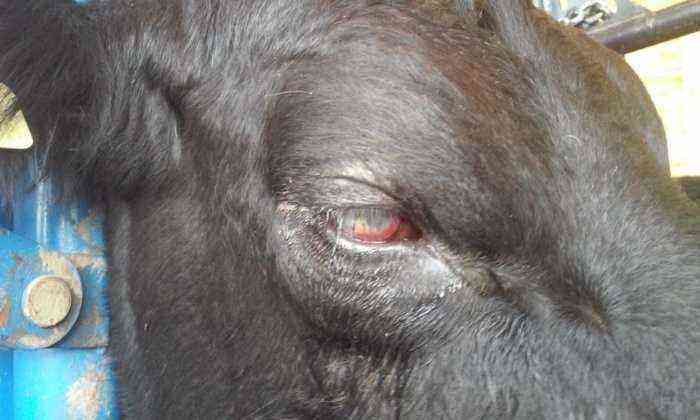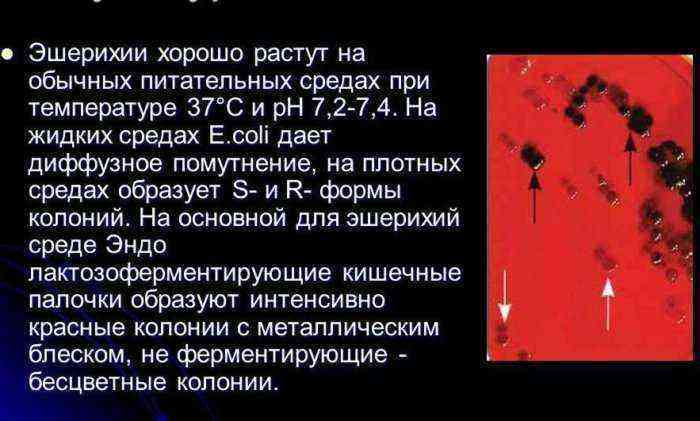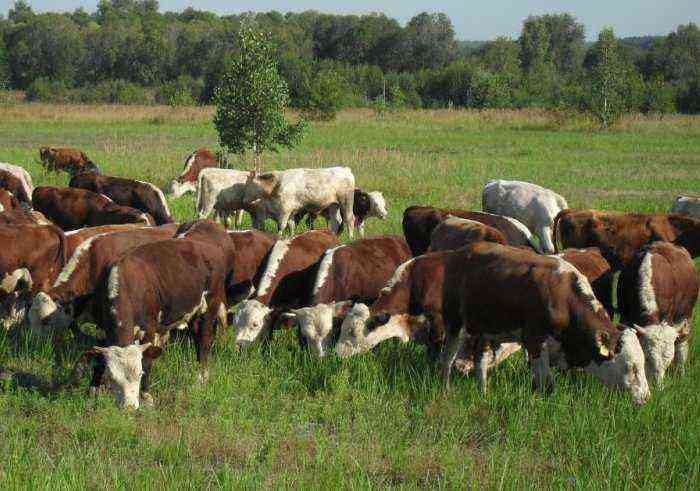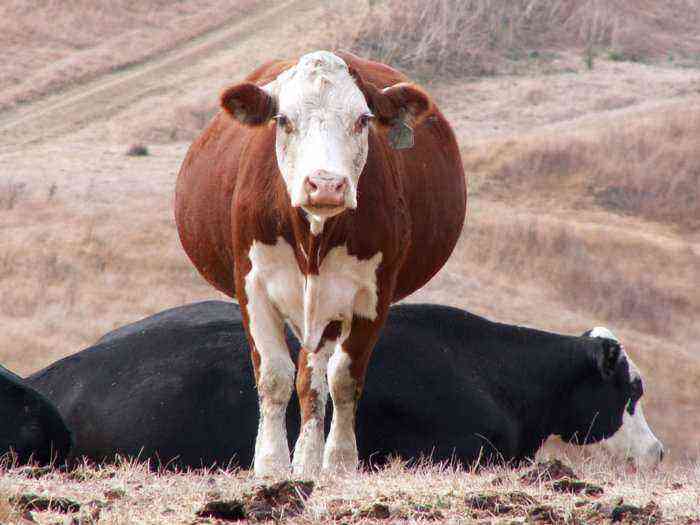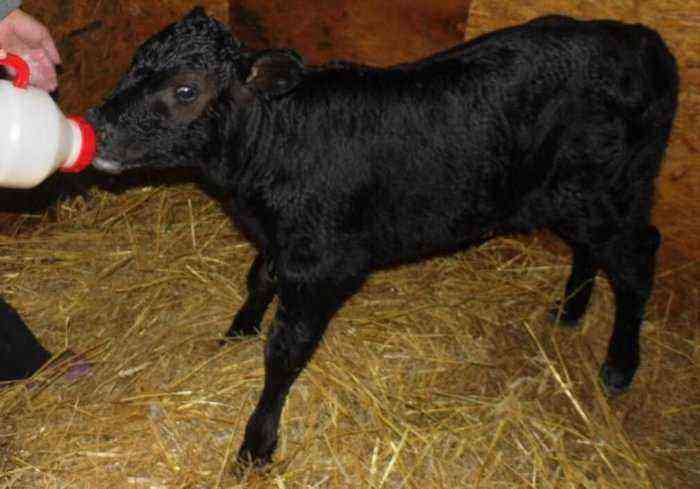One of the complications after calving is retention of the placenta in cows. Its tissues, in whole or in part, may remain in the uterus of the animal. This condition is very dangerous for the health and even the life of the cow, since the decomposing particles of the placenta often lead to blood poisoning. According to statistics, such a complication occurs in small farms in 5 cows out of a hundred, and in large farms – in almost 30% of cases. Causes, symptoms of retained placenta and treatment of this pathology will be discussed in this article.
Cow and newborn calf
What is an afterbirth and what does it look like?
The afterbirth in a cow is the placenta, an organ that develops during pregnancy. It serves as an intermediary between the mother’s body and the fetus and is designed to protect and nourish the developing calf in the womb. Normally, some time after calving, the so-called children’s place should leave the animal’s uterus, separating from its walls. When this does not happen, they talk about the retention of the placenta.
What does this organ look like? Outwardly, it resembles a dense bag with many blood vessels. Usually it is painted gray and has uneven contours due to venous nodes. Untimely separation of placental tissues can lead to the following problems:
- The development of harmful microflora in the uterus.
- Damage to the endometrium.
- Severe intoxication of the animal.
- Sepsis.
- Of death.
Causes of violation of the separation of the placenta
After the birth of the calf, after some time, the placenta comes out of the birth canal of the cow. It is considered normal if this occurs within 2-6 hours after calving.. However, sometimes the placenta comes out later, after 6-8 hours. If the placenta did not come out after the specified time, they talk about its detention. Her long stay in the womb of a heifer is associated with the risk of infection of the uterus and birth canal with harmful microflora. Consider the reasons for the retention of the placenta in a cow:
Multiple pregnancy
- Weak uterine contractility.
- The tissues of the uterus and placenta are firmly fused together.
- Pathologies of the structure of the birth canal – bends, displacements.
- Lack of minerals, trace elements in the body of the animal.
- Multiple pregnancy.
- Heifer obesity.
- Depletion of the animal.
- Diseases of the cow during pregnancy.
- Lack of walking, low mobility of a pregnant cow.
Reference. In most cases, the retention of the placenta leads to low muscle tone of the uterus, which occurs due to the low mobility of the animal, poor nutrition or metabolic disorders.
Evidence
Since this complication can have dangerous consequences for the health and life of the cow, the farmer needs to notice in time that the separation of the placenta in the cow did not occur. There are two types of violations associated with retention of the placenta:
- Complete.
- Partial.
Complete retention implies that the entire placenta remains in the uterus. Partial implies that part of the placenta came out, while the other remained inside the cow. At the same time, such a picture is usually observed – the tissues of the afterbirth slightly protrude or hang from the cow’s vagina, but cannot completely exit. Symptoms of retained placenta:
- The cow pushes, hunches, worries (at the initial stage of pathology development).
- At the entrance to the vagina, fragments of placental tissues of gray or red color are visible (with a partial delay).
- As a result of intoxication, the animal becomes lethargic, weakened.
- The cow is moaning.
- The temperature rises (usually on the second day).
- The heifer refuses to eat and drink.
- There is a decrease in blood pressure and a rapid heart rate.
- Due to severe inflammation, the cow’s stomach is painful.
- A purulent mass is released from the genitals and a putrid smell spreads.
The heifer refuses to eat and drink
It is important to detect the development of complications in time in order to immediately provide assistance. Otherwise, suppuration will begin in the cow’s uterus. Lack of medical care will lead to pathological changes in the internal organs or death of the cow.
Diagnostics
Early diagnosis of retention of the placenta helps to avoid the development of a strong inflammatory process in the birth canal. How to detect pathology in time? It is important for the farmer to be present at calving and for some time after the birth of the calf to control the condition of the heifer. If the separation of the placenta did not occur within 6-8 hours after birth, it is better to contact the veterinary service. The cow needs to be examined. The complexity of diagnosis lies in the fact that some animals tend to eat the released placenta. That is, his absence does not necessarily mean that he did not leave the birth canal.
To dispel doubts, it is necessary to examine the uterine cavity. With some experience, the farmer can do it himself. Putting on sterile high gloves, a person should insert a hand into the animal’s vagina and carefully examine the parietal region of the uterus. If suspicious clots or membranes or their fragments are found there, a diagnosis is made – retention of the placenta.
Partial exit of the child’s place is diagnosed by visual inspection. In this case, its fragments are usually visible from the vagina. They are painted red or grey.
Attention! If a cow ate the placenta, her health would not deteriorate. Perhaps a stool disorder that does not pose a danger to the animal.
Treatment
If the diagnosis is confirmed, treatment begins immediately. It is always aimed at extracting the placenta or its fragments from the uterine cavity and the birth canal. Therapy can be done in two ways:
- Conservative (use of drugs).
- Operational way.
Operative therapy
Operation
Surgical intervention is resorted to in case of ineffectiveness of conservative treatment. The operation must be performed by a veterinarian. Having treated his hands with a disinfectant solution, he puts on sterile high gloves. The animal is given epidural anesthesia with novocaine solution.
With his left hand, the veterinarian holds the protruding parts of the placenta, and with his right hand he inserts deep into the vagina. If the placental tissues are not attached to the uterus, but are freely located in the genital tract, they are carefully removed. If they have grown together with the wall of the uterus, they are separated.
Important! It is unacceptable to pull the protruding tissue with force. To achieve their separation from the walls of the uterus in a natural way, the veterinarian does an intrauterine parietal massage, aimed at increasing the tone of the smooth muscles of the reproductive organ.
If such actions do not work, the placental tissues are separated mechanically with the help of fingers. The operation is completed with a revision of all the walls of the uterus for the presence of fragments of the placenta on them. Then the uterine cavity and birth canal are treated with antibacterial agents:
- Penicillin.
- Streptomycin.
- Lugol’s solution.
Medicines
Drug treatment is used to increase uterine tone, prevent the reproduction of pathogenic microorganisms and facilitate the separation of fused tissues of the uterine walls and placenta.
Hormonal remedies
The uterus is toned by the following hormonal preparations:
- Oxytocin.
- Pituitrin.
- Prozerin in the form of a solution at a concentration of 0,5%.
Injections for pathology
The hormone oxytocin requires subcutaneous injection. The dosage is prescribed by the veterinarian, on average, it is necessary to enter from 30 to 60 units. Pituitrin is used either subcutaneously or intramuscularly at a dosage of 8-10 IU per 100 kilograms of animal body weight.
The recommended frequency of administration of hormonal drugs is every 6 hours. Three injections are enough. If the increase in the tone of the uterus does not give a result, the placenta or parts of it still do not come out, surgical intervention is recommended.
Antibiotics
Antibacterial and sulfa drugs are used without fail. They help prevent the spread of infection and stop it. Antibiotics are injected directly into the uterine cavity. The following medicines are used:
- Streptocide solution.
- Penicillin.
- Streptomycin.
These drugs inhibit the reproduction of streptococci and staphylococci, prevent their spread throughout the body.
Other medications
After calving, which is accompanied by complications, it is necessary to maintain the condition of the cow with a glucose solution, which is injected into a vein twice a day. This measure is aimed at increasing the body’s defenses and restoring strength.
Glucose is injected into a vein twice a day
If incomplete separation of the placenta is detected, it is recommended that a cold hypertonic solution be injected into the umbilical vein in an amount of 2000 ml. With a favorable outcome, the placenta is separated within 20 minutes after this procedure. The same solution is injected into the uterine cavity, but in this case it will need more – 4000 ml. Hypertonic saline solution facilitates easier exfoliation of placental tissues from the uterine walls.
With the ineffectiveness of all the above methods of exposure, it is advisable to immediately proceed with the operation to remove the remains of the placenta from the uterus of the cow by mechanical means.
Prevention
Preventive measures are aimed at increasing muscle tone in cows and include:
- Ensuring regular walking, increasing physical activity.
- Complete nutrition throughout the entire period of pregnancy.
- Vitamin therapy.
Vitamin complexes and supplements are recommended for cows at the last stage of pregnancy – a month before calving. They are given as injections every 10 days. Animals that are provided with good nutrition do not need such therapy.
Detention of the placenta in cows often causes death. Therefore, it is important to diagnose this disorder in a timely manner and begin to take measures to remove the placenta from the uterus of the animal. Otherwise, decomposition processes will provoke the development of suppuration, after which purulent masses can spread through the bloodstream throughout the body of the cow. Better not to let this happen.


